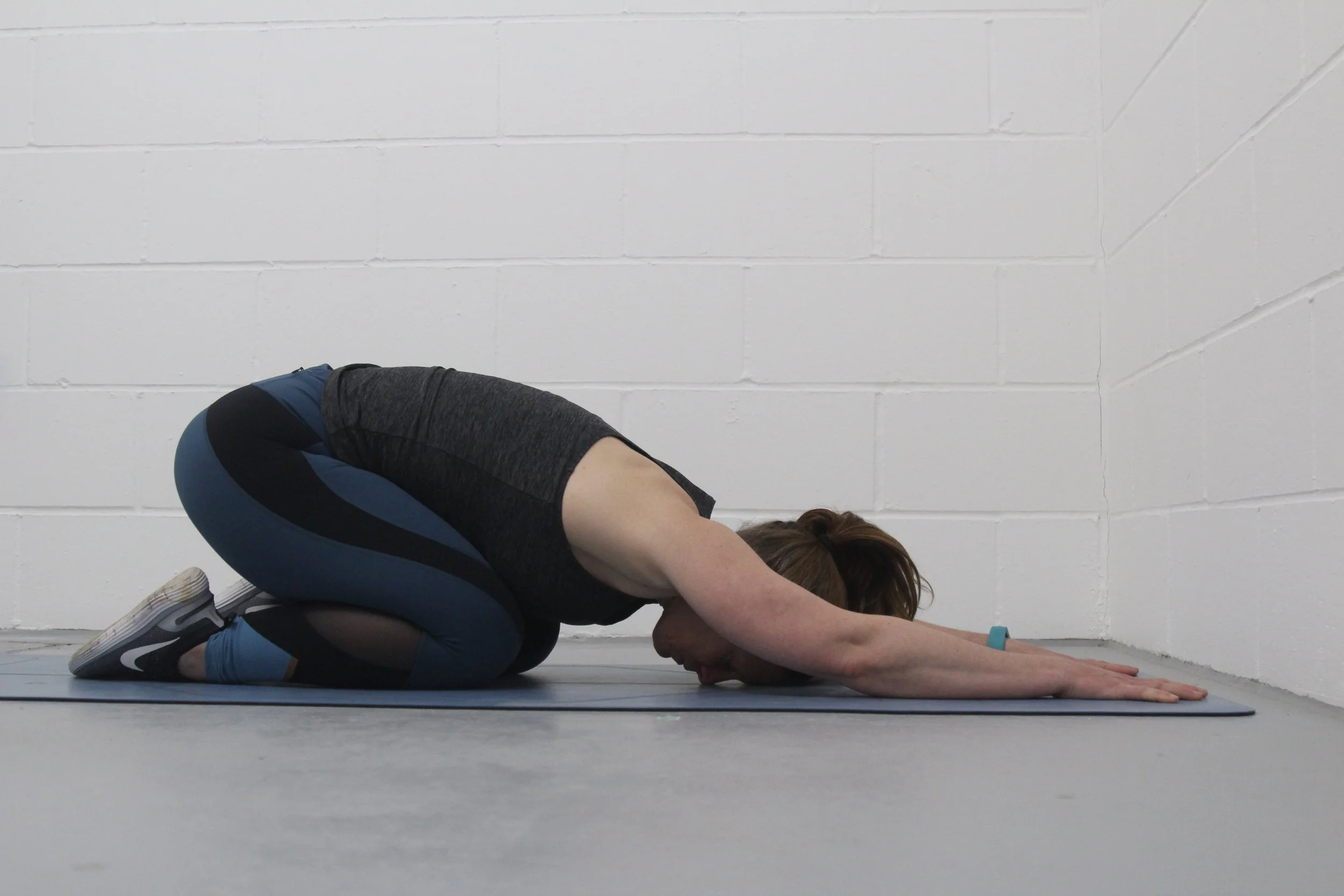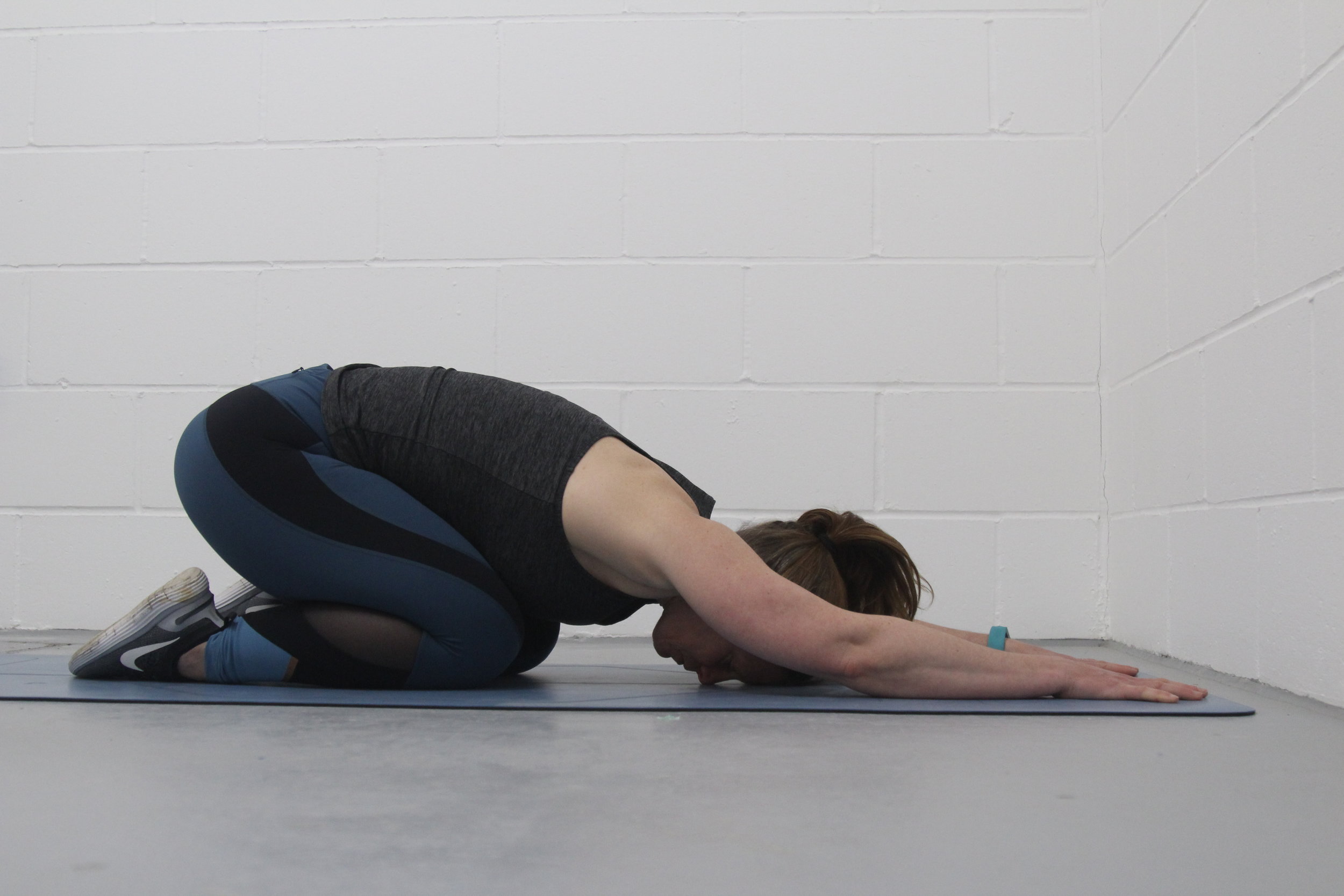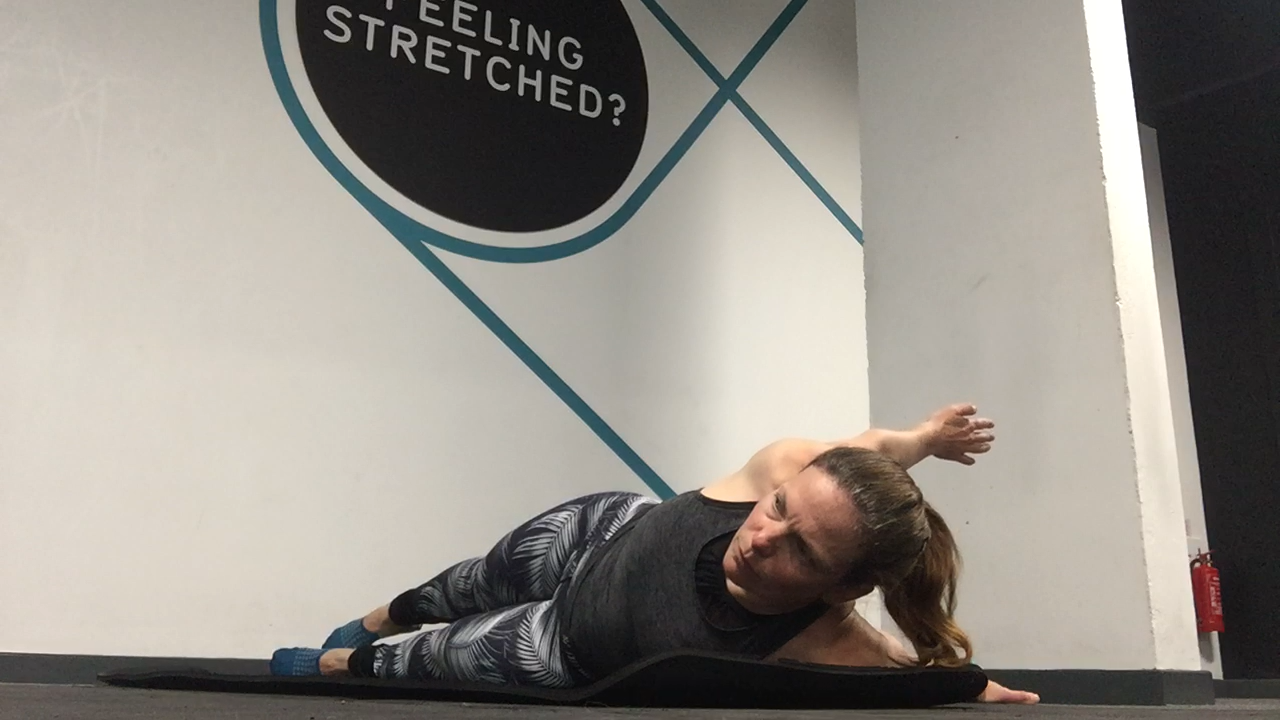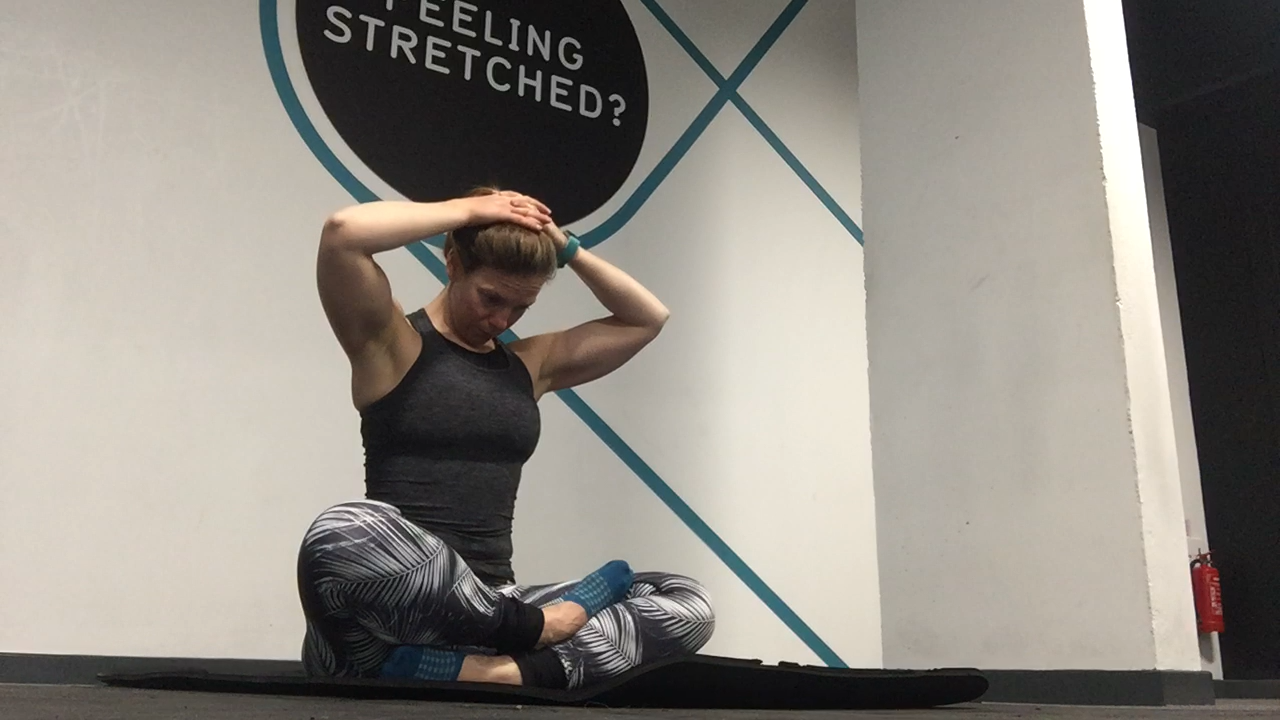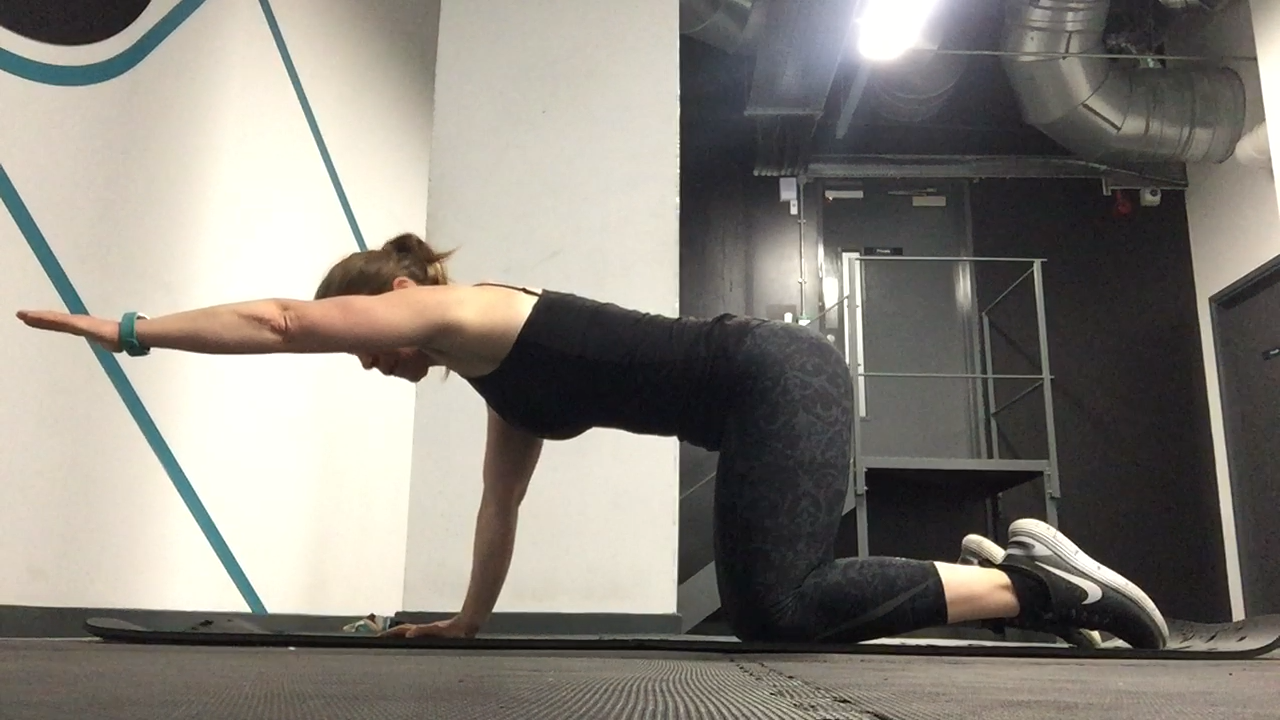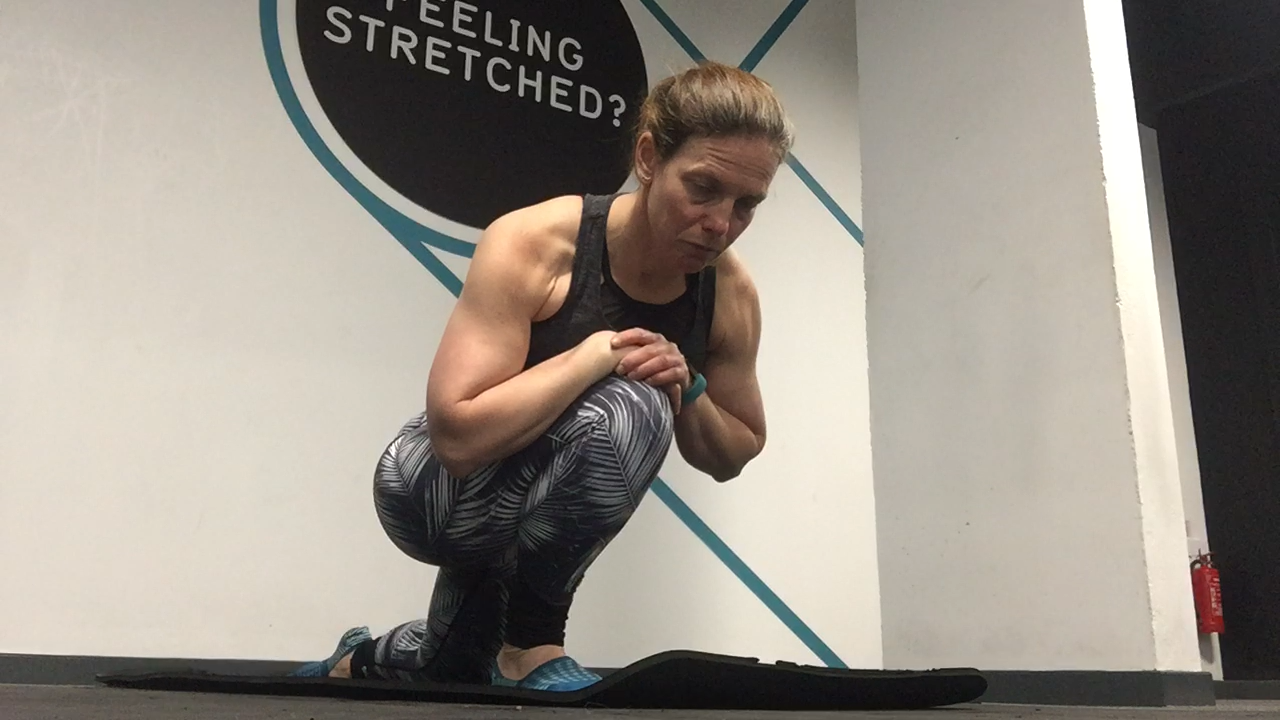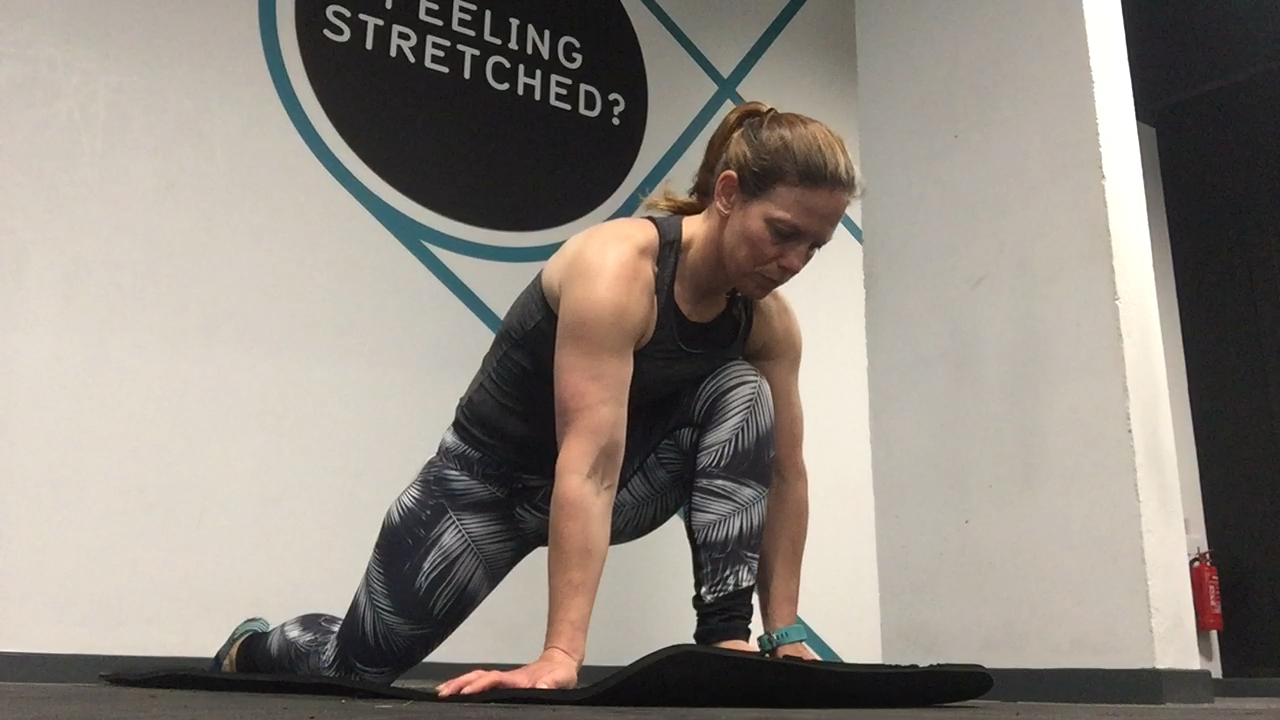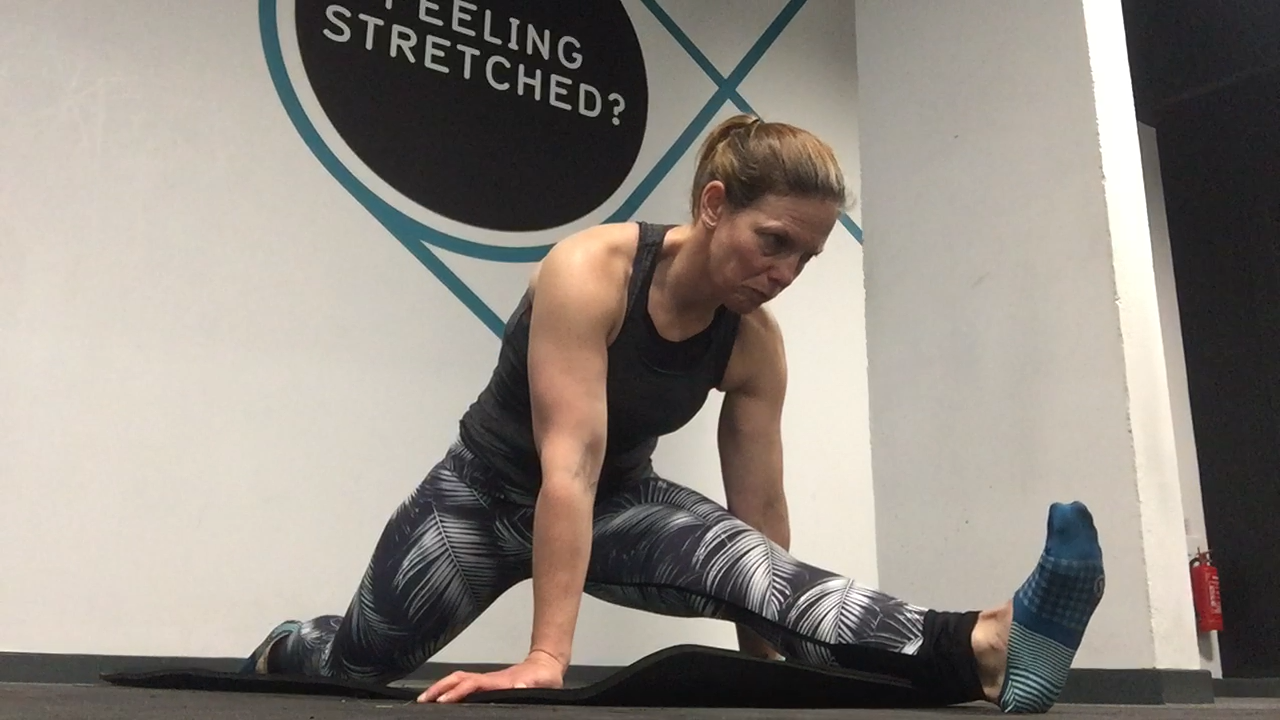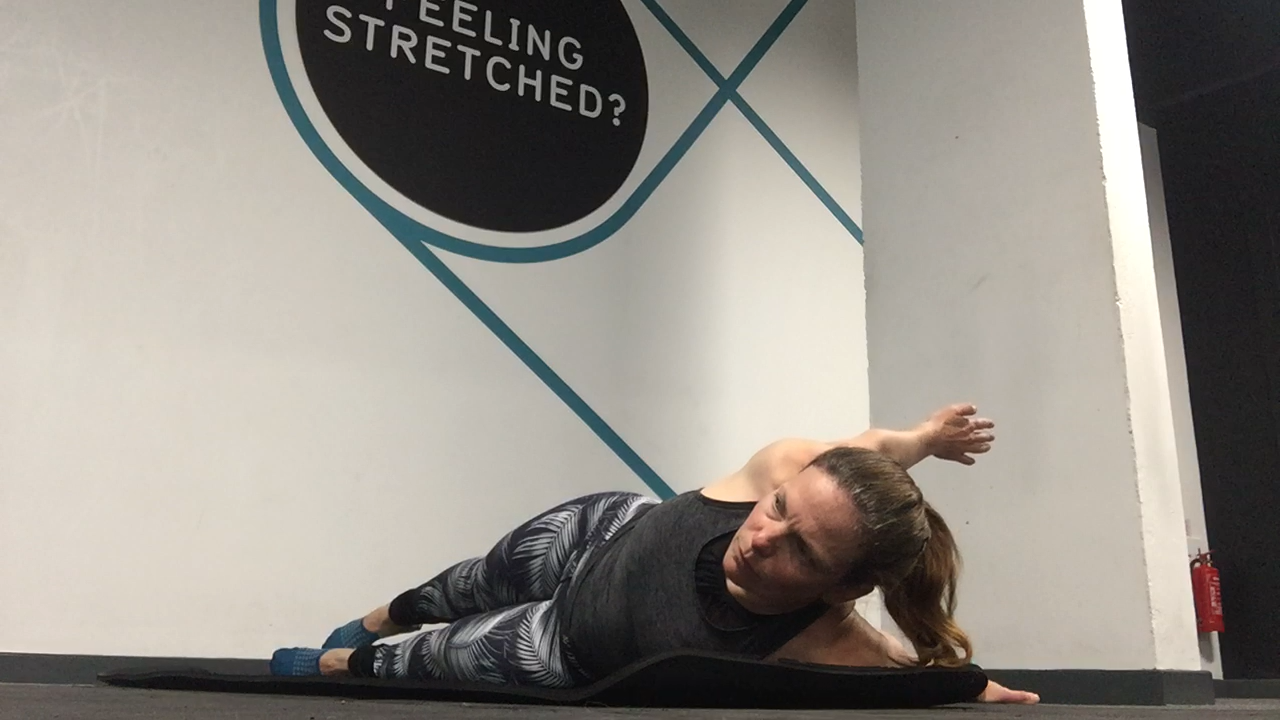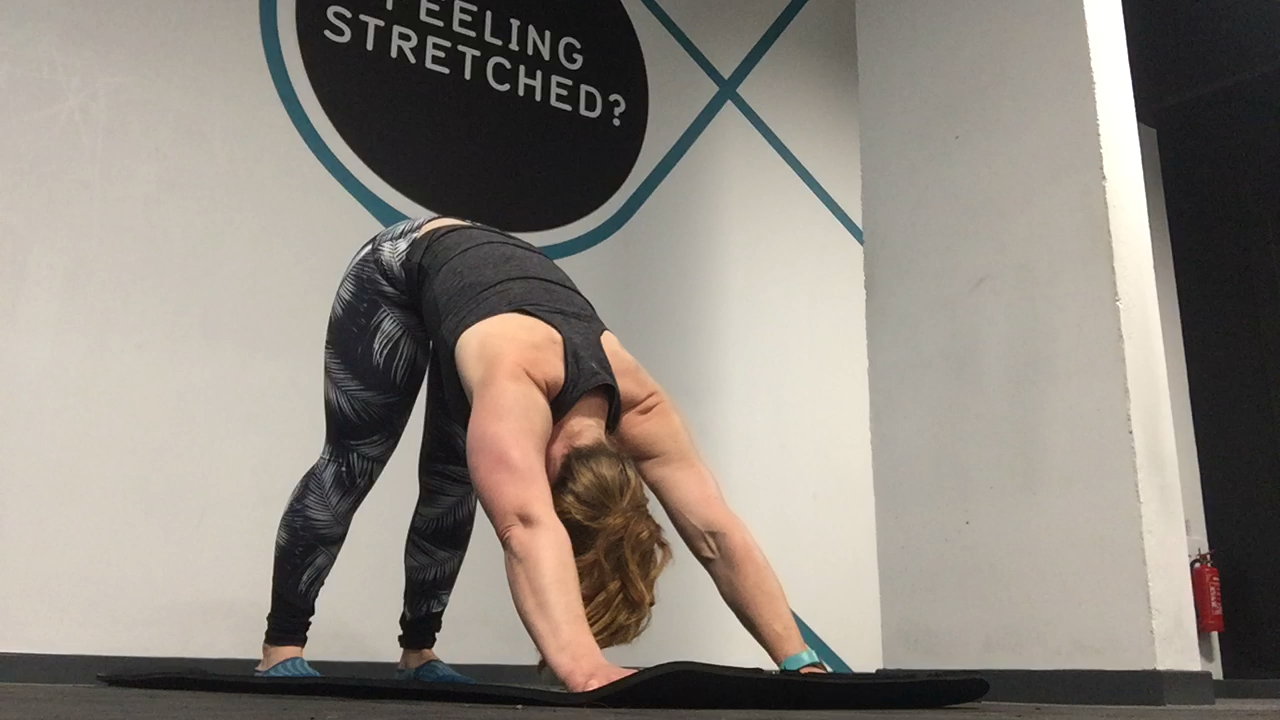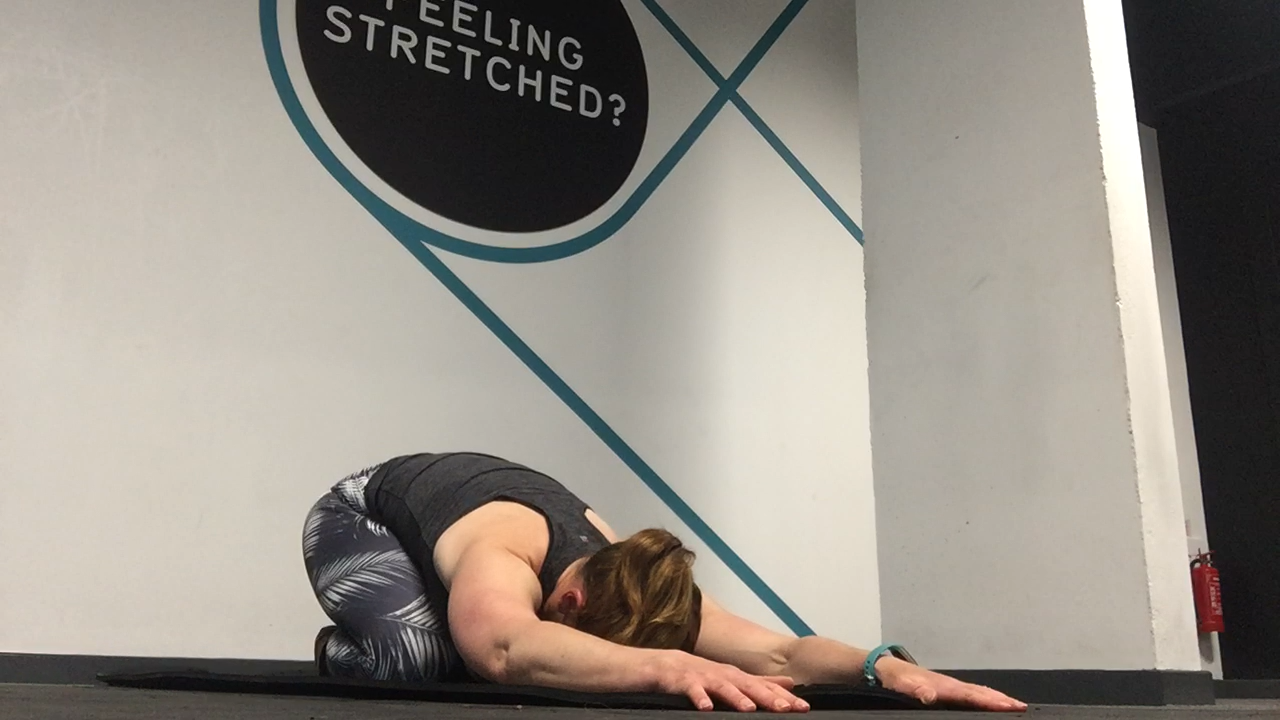This is a really great question I was asked by a client training for a half-marathon. When I researched into the topic, I was surprised to find how complex the energy drink market had become. There was a lot of jargon, but very little information on the difference between the 3 main types of sports drinks available on the market. These are: isotonic, hypotonic and hypertonic. Below are some of the key facts about sports drinks and what to look for.
What are the difference between the 3 types of drinks?
- Isotonic - same volume of water and sugar (quenches thirst and supplies a little energy)
- Hypertonic - more sugar than water (supplies energy)
- Hypotonic - more water than sugar (quenches thirst)
What should I use if I exercise for under an hour?
If you exercise for under an hour, water or a hypotonic drink is fine. You can also used a hypotonic drink to help quench your thirst.
What should I use if I exercise for more than an hour?
If you exercise for over an hour, an isotonic or hypertonic drink/gel would work well as long as you have water available, too. Most brands (Lucozade) have a range, so you'll need to have a read of the packaging to see which variation they are.
Examples of the different drink types:
https://www.lucozadesport.com/products/sport/ = Hypertonic = Good for endurance
https://www.lucozadesport.com/products/sport-elite/ = Hypertonic = Good for endurance
https://www.lucozadesport.com/products/fit-water/ = Hypotonic = Good for less than an hour of exercise (basically looks like water)
https://www.lucozadesport.com/products/sport-lite/ = Isotonic (I think) = Good for 1-2 hours of exercise, but you'll most likely need to have a Hypotonic too
How often should I take a hypertonic drink if I'm competing in an endurance sport e.g. running a half marathon, cycling a sportive?
The general rule is that your stomach can digest approximately 60 grams of cabohydrate/hour. Therefore think about having 30grams of carbs/30 minutes.
How do I know my nutrition is right for me?
At the end of your endurance event check how you're feeling.
- If you feel like you're pumped, you probably had the right nutrition
- If you're feeling exhausted, probably not enough, so add an extra 5-7g of carbs per 30 minutes
- If you stomach feels uncomfortable, probably too much carbs/try a different brand.
Happy Training!


